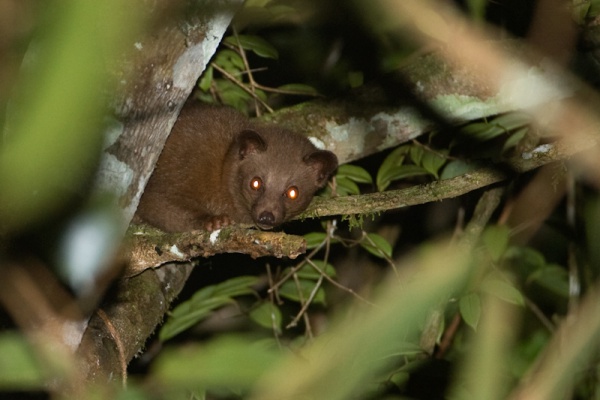Facts About Golden Palm Civit (Musang)
The golden palm civet, an endemic species found exclusively in Sri Lanka, is currently listed as Vulnerable on the IUCN Red List. This status is primarily due to its fragmented distribution and the declining quality of its habitat in Sri Lanka's hill regions. The species was first described by Peter Simon Pallas in 1778. Over the years, its classification has undergone numerous revisions, with various scientific names and categories proposed. However, recent genetic studies have revealed that the golden palm civet, Sri Lankan brown palm civet, golden wet-zone palm civet, and golden dry-zone palm civet all share the same genetic composition. This indicates that they are not separate species or subspecies but rather variations of the same species.
The golden palm civet possesses several distinct traits. Its coloration can vary, typically exhibiting a brown hue with glossy hair tips and faint bands or spots on its back. There are two recognized color morphs: a golden variant and a dark brown variant. The civet inhabits various forest types, ranging from lowland rainforests to evergreen mountain forests and dense monsoon forests. It is heavily forest-dependent, nocturnal, arboreal (spending most of its time in trees), and primarily solitary. Its diet comprises fruits, berries, invertebrates, and small vertebrates.
The primary threats to the golden palm civet include habitat fragmentation and degradation, highlighting the urgent need for robust conservation efforts to protect this vulnerable species in Sri Lanka.

 India
India